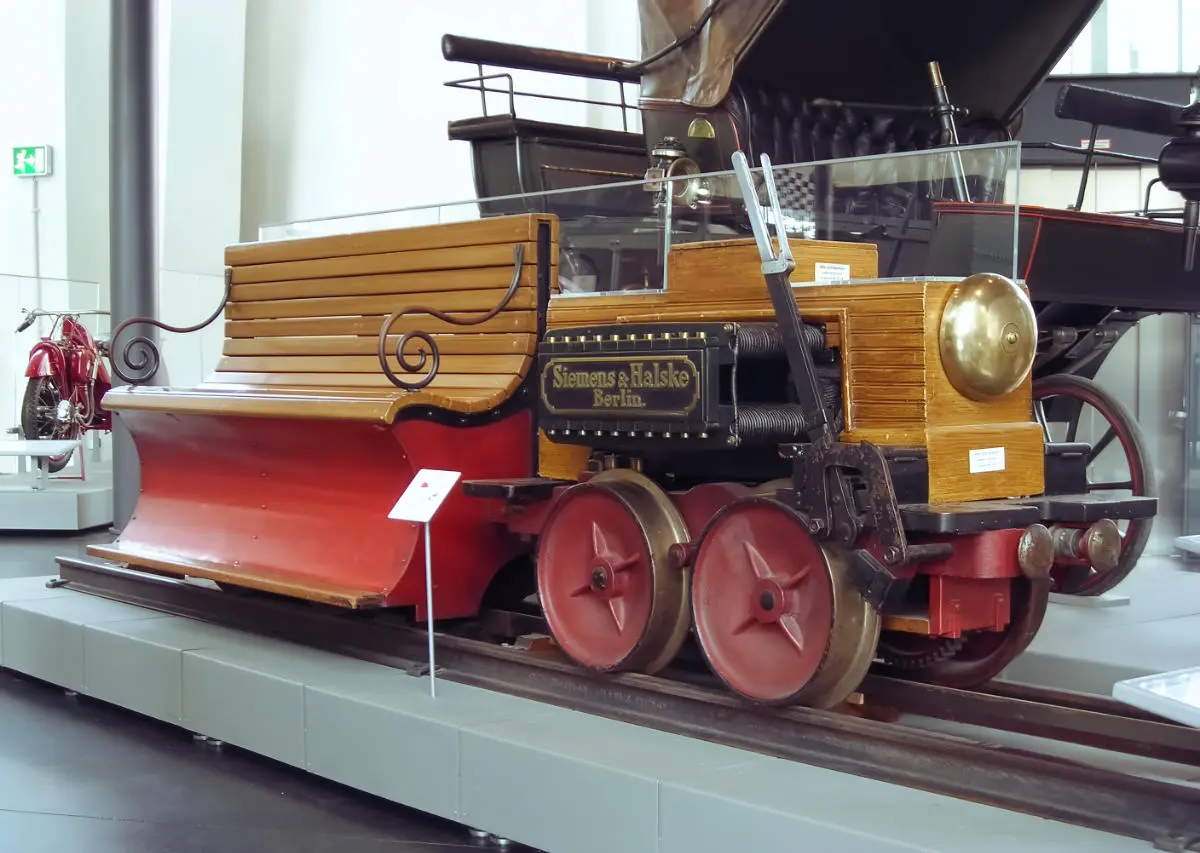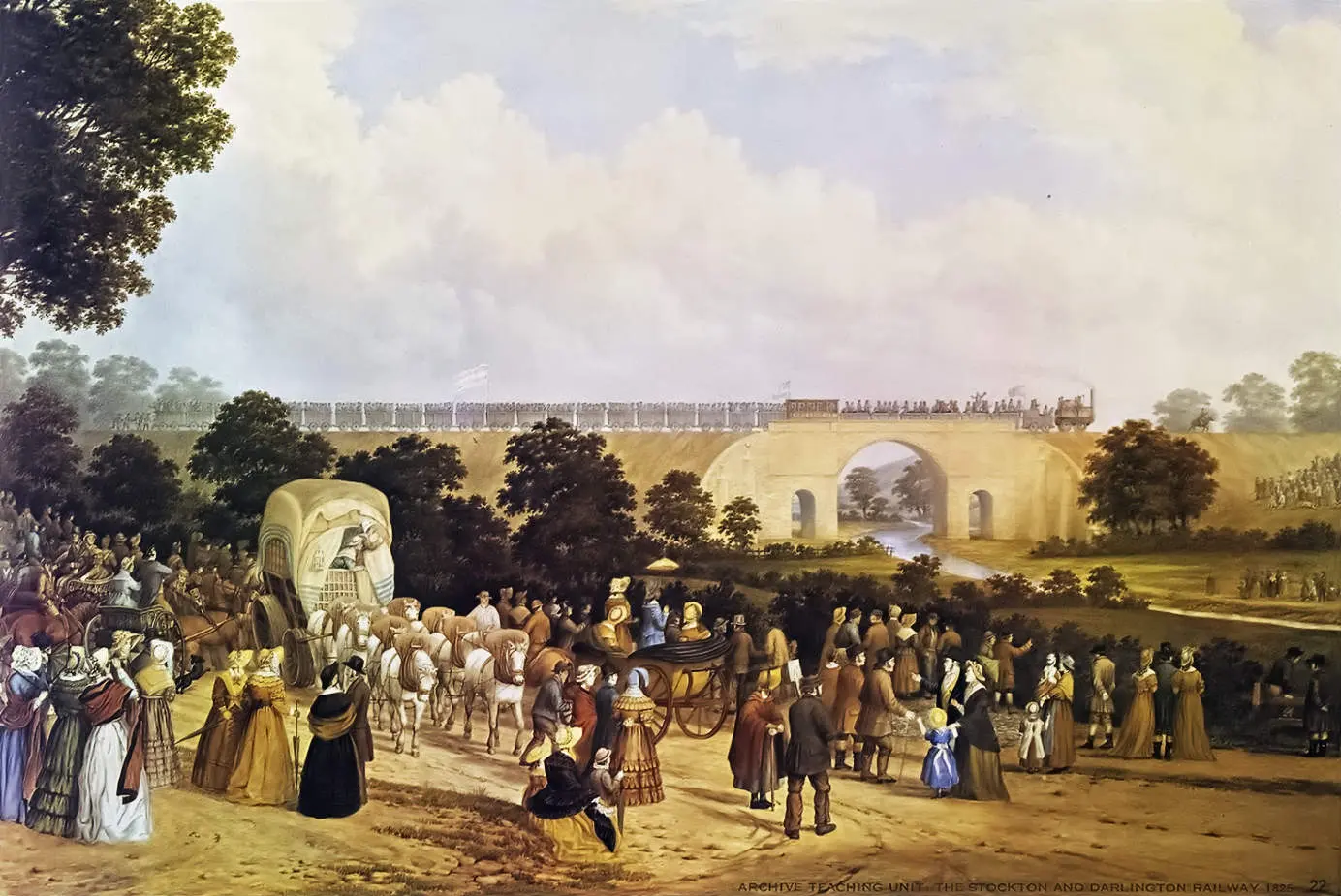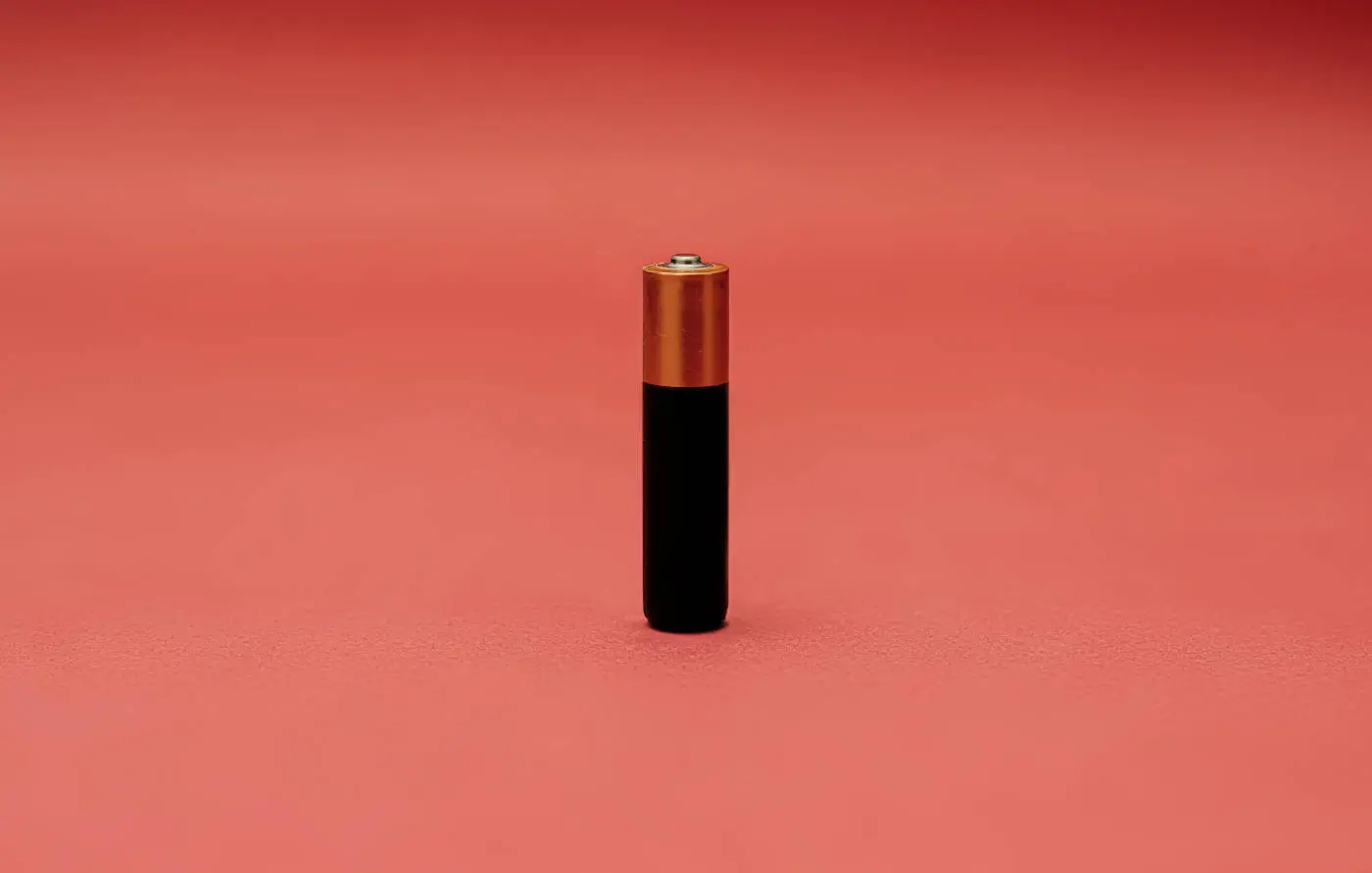The First Electric Train
Curious about how electric trains came to be? Here we will explain how a somewhat unsuccessful test run paved the way for the successful adoption of electric trains.

Trains are some of the most fascinating and richly historical means of transportation, whether of goods or of people! In mainstream media and many of our favorite movies, we’re used to seeing steam-powered trains puffing out smoke as they move. However, nowadays, electric trains are more prevalent. The question is, what is the history of the first electric train?
The first electric train was a battery-driven locomotive built by Scotsman Robert Davidson in 1842. The first electric passenger train was revealed by German electrical engineer and industrialist Werner von Siemens in Berlin in 1879.
In this article, we will provide a general overview of the history of the first train to be powered by electricity. This will include information such as the inventor of the first electric train, information on the time frame of its invention, and finally, what an electric train was created for. With so much information to process, let’s get started!
History of the First Electric Train
Trains are well known for being quite literal paths into the history of human engineering. Even those who only know a little about locomotives are aware that their sources of power have evolved over time. Let’s take a look at the history of the first electric train based on when it was invented, who is responsible for inventing it, and why it was invented!
When was the first electric train invented?
In 1842, a man named Robert Davidson applied all that he had been learning about batteries and electricity in his experiments to power the first-ever electric train.
This first known example of an electric train created by Robert Davidson was called “Galvani.” named after Italian scientist Luigi Galvani who, together with Alessandro Volta, pioneered the research that eventually resulted in the invention of the battery.
The Galvani locomotive of 1842 was based on a model from 1837 that Davidson had built into a full-size, 16 feet long locomotive, which was powered by Davidson's batteries. It was tested in 1842 on a section of the Edinburgh to Glasgow line and was thus the world's first electrically powered railway locomotive. This was its only claim to fame as the locomotive only managed to move for a distance of one and a half miles (2.4 kilometers) and achieve a speed of 4 mph (6 kph).
Unfortunately, rechargeable batteries were not yet invented, and Galvani would quickly burn through its own energy source at a much greater cost. So it was not ready for a commercial launch as the batteries were a limiting factor compared to the alternative trains back then. Back in 1842, existing trains were mostly powered by steam engines which burned fuel, such as oil, wood, and the most well-known example, coal.
Who invented the first electric train?
Robert Davidson invented what is now known as the earliest recording of an electric-powered train. Davidson was an inventor and a chemist from Scotland. He had noticed the first discoveries leading to the electric generator invented by English philosopher Michael Faraday and began creating his own batteries as a result.
These batteries were used in his experiments to power Robert Davidson’s own electrical motors. He built a model lathe and model railway and tested them out, particularly at an Aberdeen exhibition in 1840. Two years later, he built the first-ever full-size locomotive powered by electricity, Galvani.
What was the first electric train invented for?
The first electric train, Galvani, was invented as a further example of how Faraday’s law could be applied to modern machinery as a source of electrical power. Galvani used seventy-six huge lead zinc batteries, which also utilized acid electrolytes. These powered a motor that used Faraday’s electromagnets surrounding a log revolving with iron bars along each axle.
Using these components, which were activated by a switch, then deactivated when the iron bars’ positions were opposed, Galvani hauled its own weight and that of a coach car.
The first passenger train
The first electric passenger train was revealed by German electrical engineer and industrialist Werner von Siemens in Berlin in 1879 (Yes, the Siemens guy who founded the company, which today is a global conglomerate).
Unlike Robert Davidsons' 1842 train, the Galvani, Siemens decided not to use batteries as the energy source. Instead, the train used a third rail as the source of electricity (the first train used 150 V DC). The train ran on a short 300-meter-long (984 feet) circular test track in Berlin. The train carried 90,000 passengers over a four-month period.
In 1881, after proving the capabilities of the Siemens electrical train, a permanent tram line, the Gross Lichterfelde Tramway, was implemented in Berlin. This is considered the world's first commercially successful electric tram and the first public electric tramway used for permanent service. After this, several other lines were implemented in Germany and other countries. This meant that electric tram systems slowly replaced the use of horse-drawn trams for public urban transportation. And by 1890, London had implemented electric trains in their London Underground system.
Frequently Asked Questions
There is plenty to learn about electric trains and their origins. If you’d like to know more, you can certainly discover more thanks to our answers to the most frequently asked questions on electric trains below!
When did trains start using electricity?
As mentioned above, the first known electric train was built in 1837 by Robert Davidson. Development and research of electric power to move locomotives started as early as the 1930s and was primarily spearheaded by the United States company General Motors. Eventually, the mainline passenger trains began using diesel and electric power in 1934.
What were trains powered by in the 1900s?
Trains were powered by steam in the late 1800s until the gradual arrival of diesel-powered locomotives combined with electric power. These were so much more efficient than the steam-powered trains that they gradually replaced their forbearers.
In Conclusion
To sum everything we’ve learned up, the first electric train was created in 1842 based on models developed by Robert Davidson. It was named “Galvani” and powered by many large lead batteries, which were unfortunately only made for single use. Siemens commercialized trains from 1879 and onwards by not relying on batteries but instead getting electricity from the infrastructure surrounding the trains. However, the first electric train paved the way for the more sustainably powered trains we still use today.
Also, read:






